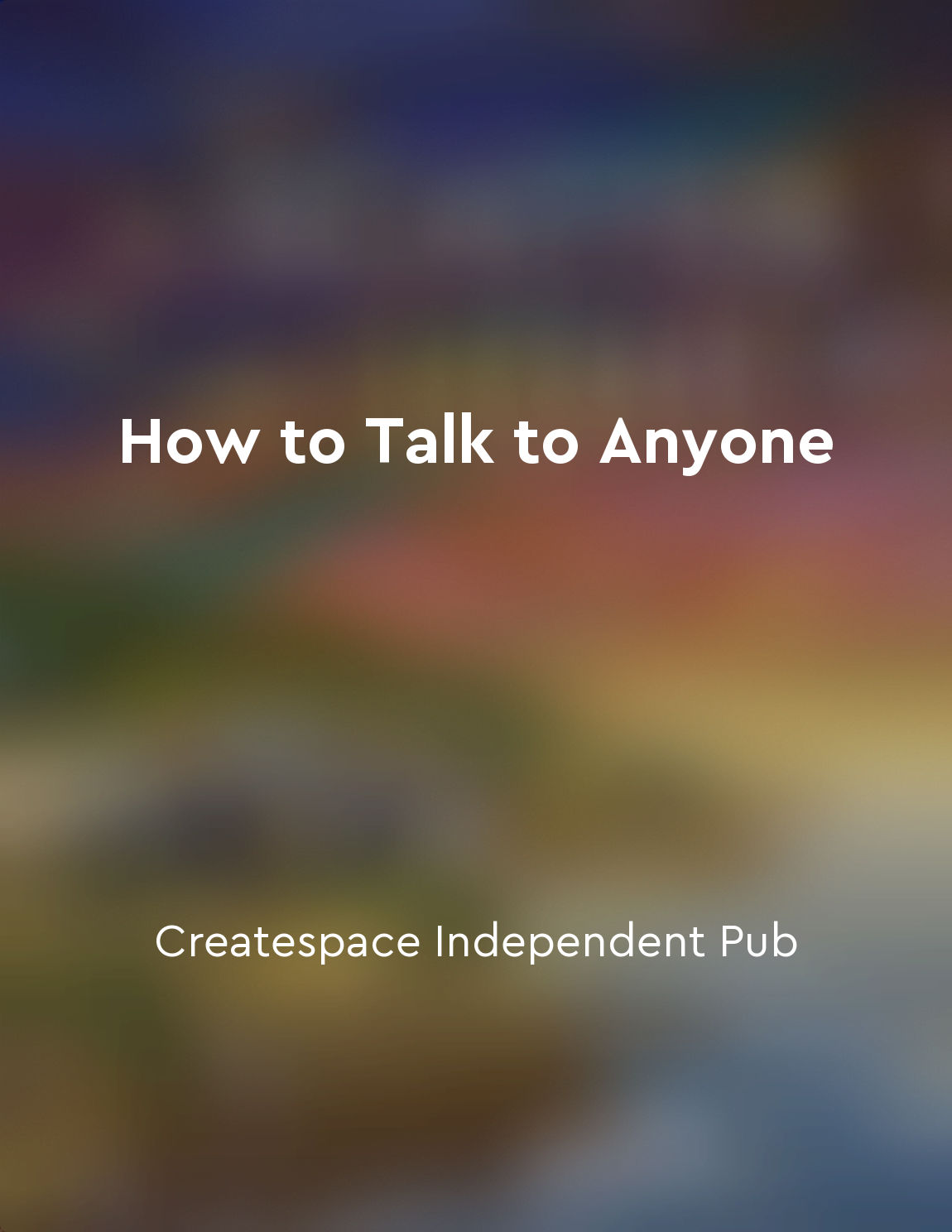Audio available in app
Maintain eye contact for connection from "summary" of Presenting to Win by Jerry Weissman
To establish a connection with your audience, look directly into their eyes. By maintaining eye contact, you demonstrate your sincerity and build trust with your listeners. This simple act creates a powerful bond between you and your audience, allowing you to effectively convey your message. When you make eye contact, you show that you are fully present and engaged in the conversation. This level of attentiveness captures the attention of your audience and keeps them focused on your presentation. You become more relatable and approachable, which encourages your listeners to connect with you on a deeper level. Through eye contact, you can gauge the reactions of your audience and adjust your presentation accordingly. By observing their facial expressions and body language, you can see if they are following along or if they have any questions or concerns. This feedback loop enables you to tailor your delivery to meet the needs of your audience, ensuring that your message resonates with them. Maintaining eye contact also helps to establish your credibility as a speaker. When you look your audience in the eye, you exude confidence and authority, making it more likely that they will trust and believe in what you are saying. This nonverbal communication conveys your expertise and persuasiveness, enhancing the impact of your presentation.- Eye contact is a crucial element of effective communication. By looking directly at your audience, you create a connection that fosters trust, engagement, and credibility. This simple yet powerful technique can greatly enhance the success of your presentations, allowing you to connect with your audience on a deeper level and deliver your message with impact.
Similar Posts
Identifying emotional cues crucial for empathy and rapport
Understanding emotional cues is essential for building empathy and establishing rapport with others. By being able to identify ...
Matching body language builds trust and connection
Matching body language is a powerful tool for building trust and connection with others. When we mirror someone's body language...
Effective communication is essential in social and human services
Effective communication plays a crucial role in social and human services, serving as a cornerstone for building strong relatio...
Vocal tone and pitch can convey different emotions and intentions
When it comes to communication, vocal tone and pitch play a crucial role in conveying emotions and intentions. The way we speak...

The impact of posture
Posture is a powerful nonverbal communicator that can significantly influence how others perceive us. The way we carry ourselve...
Foster positive relationships through communication
The key to building strong and lasting relationships lies in effective communication. When we communicate openly and honestly w...

The eyes are said to be the window to the soul
The eyes are often regarded as a mirror of one's true feelings and emotions. They have the power to convey a myriad of unspoken...

Use openended questions to encourage dialogue
Engaging in meaningful conversations often requires more than just small talk. When you want to truly connect with someone, it'...
The psychology behind eye contact
Eye contact is a powerful tool that can convey a wide range of emotions and intentions. When we lock eyes with someone, we are ...
Incongruence between verbal and nonverbal cues can signal deception
When someone is being deceptive, their words may not align with their nonverbal cues. This incongruence between what is being s...

